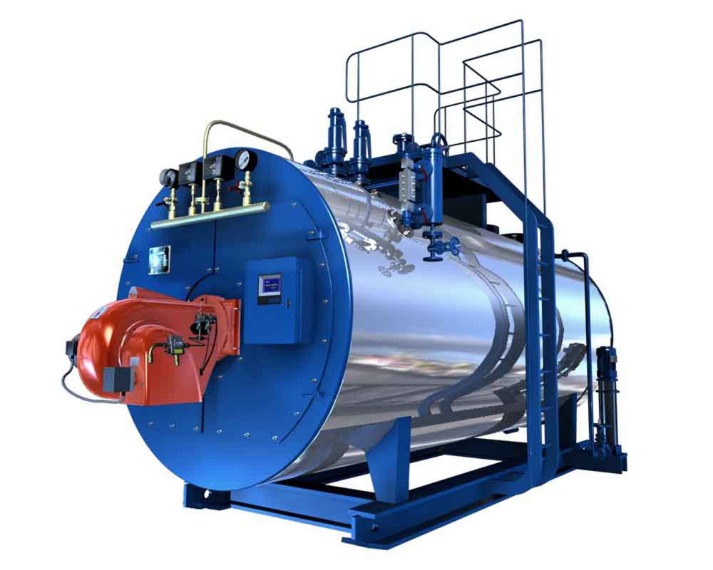Steam boilers are a crucial component in industrial and commercial settings, providing heat and power through the generation of steam. These boilers use a closed vessel to convert water into steam, which can then be used for various applications such as heating, power generation, and processing.
How Do Steam Boilers Work?
Steam boilers operate by heating water to create steam, which is then distributed through pipes to various points of use. The fuel source, whether it be natural gas, oil, or biomass, is burned in the boiler’s combustion chamber to produce heat. This heat energy is then transferred to the water, raising its temperature and ultimately generating steam.
The steam produced by the boiler is directed to where it is needed, whether it be for heating a building, powering equipment, or other industrial processes. Once the steam has released its heat energy, it condenses back into water, which can then be returned to the boiler for further heating.
Read more about biomass steam boiler here.
The Importance of Efficiency
Efficiency is a key factor in the operation of a steam boiler, as it directly impacts operating costs and environmental sustainability. By optimizing the combustion process, insulating piping, and implementing energy-saving technologies, operators can improve the efficiency of their boilers and reduce fuel consumption.
Maintaining Your Steam Boiler
Regular maintenance is essential to ensure the optimal performance of a steam boiler. This includes inspecting and cleaning the burner, checking for leaks, and monitoring water levels. Following a maintenance schedule can help prevent breakdowns, extend the life of the boiler, and ensure safe operation.
In conclusion, steam boilers play a vital role in heating and power generation in various industries. By understanding how they work, prioritizing efficiency, and maintaining them properly, operators can maximize the benefits of these essential pieces of equipment.

